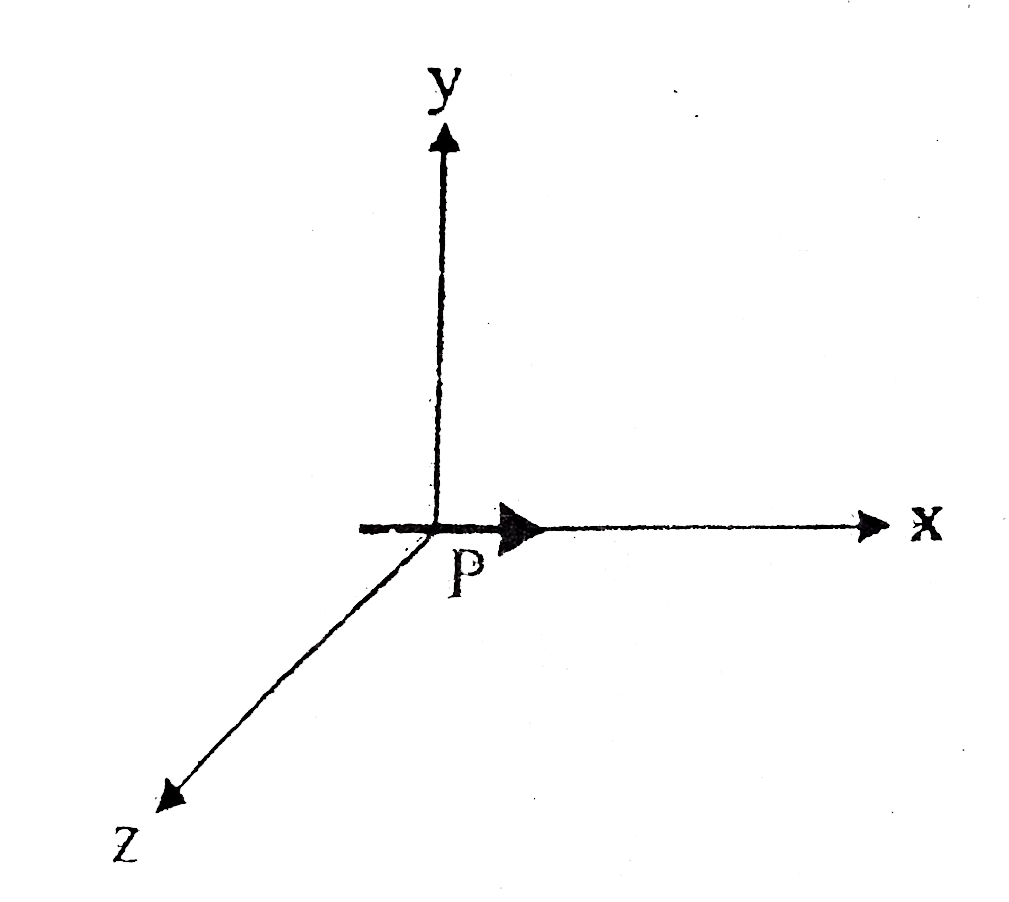A In question 3, If the dipole rotates from orientation 1 to orientation 2, is the work done on the dipole by field positive, negative, or zero ?
B If, instead, the dipole rotates from the orientation 1 to orientation 4, is the work done by the field more than, less than, the same as in (a) ?
a. Electric field will do positive work, if dipole rotates such that its angle decreses with E.
b. 2 and 4 orientations are identical. Hence, work done will be same.
Topper's Solved these Questions
- BOOK - CENGAGE PHYSICSCHAPTER - ELECTRIC POTENTIALEXERCISE - Subjective28videos
ELECTRIC POTENTIAL
- BOOK - CENGAGE PHYSICSCHAPTER - ELECTRIC POTENTIALEXERCISE - Single Correct56videos
ELECTRIC POTENTIAL
- BOOK - CENGAGE PHYSICSCHAPTER - ELECTRIC POTENTIALEXERCISE - Exercise 3.29videos
ELECTRIC POTENTIAL
- BOOK - CENGAGE PHYSICSCHAPTER - ELECTRIC FLUX AND GAUSS LAWEXERCISE - MCQ s38videos
ELECTRIC FLUX AND GAUSS LAW
- BOOK - CENGAGE PHYSICSCHAPTER - ELECTRICAL MEASURING INSTRUMENTSEXERCISE - M.C.Q2videos
ELECTRICAL MEASURING INSTRUMENTS
Similar Questions
An electric dipole of dipole moment P is lying along uniform electric field E. The work done in rotating the dipole by 37° is
View SolutionA megnetic dipole with a dipole moment of magnitude 0.020JT is released from rest in a tutiliform magnetic field of magnitude 52mT. The rotation of the dipole due to the magnetic force on it is unimpeded. When the dipole rotates through the orientations where its dipole moment is aligned with the magnetic field, its kinetic energy is 0.80mJ.
(a) What is the initial angle between the dipole moment and the magnetic field?
(b) What is the angle when the dipole is next (momentarily) at rest?View Solution
Knowledge Check
- Question 1 - Select One
In a magnetic dipole of dipole moment M rotated through an angle θ with respect to the direction of the field H, then the work done is :
AMHsinθBMH(1−sinθ)CMHcosθDMH(1−cosθ) - Question 2 - Select One
In a magnetic dipole of dipole moment M rotated through an angle θ with respect to the direction of the field H, then the work done is :
AMHsinθBMH(1−sinθ)CMHcosθDMH(1−cosθ) - Question 3 - Select One
A short electric dipole is oriented along x-direction at origin. At which of following point the electric field have no x component.
 A(1,1,0)B(√2,1,0)C(1,√2,0)D(1,0,0)
A(1,1,0)B(√2,1,0)C(1,√2,0)D(1,0,0)
A megnetic dipole with a dipole moment of magnitude 0.020JT is released from rest in a tutiliform magnetic field of magnitude 52mT. The rotation of the dipole due to the magnetic force on it is unimpeded. When the dipole rotates through the orientations where its dipole moment is aligned with the magnetic field, its kinetic energy is 0.80mJ.
(a) What is the initial angle between the dipole moment and the magnetic field?
(b) What is the angle when the dipole is next (momentarily) at rest?View SolutionA dipole is placed parallel to the electric field. If W is the work done in rotating the dipole by 60° then work done in rotating it by 180° is
View SolutionWhat should be the orientation of a magnetic dipole in a uniform magnetic field so that its potential energy is maximum ?
View SolutionDerive an expression for the work done in rotating an electric dipole of dipole moment 'p' in a uniform electric field 'E' from an orientation θ1 to θ2.
View SolutionA dipole is placed parallel to the electric field. If W is the work done in rotating the dipole by 60° then work done in rotating it by 180° is
View Solution

